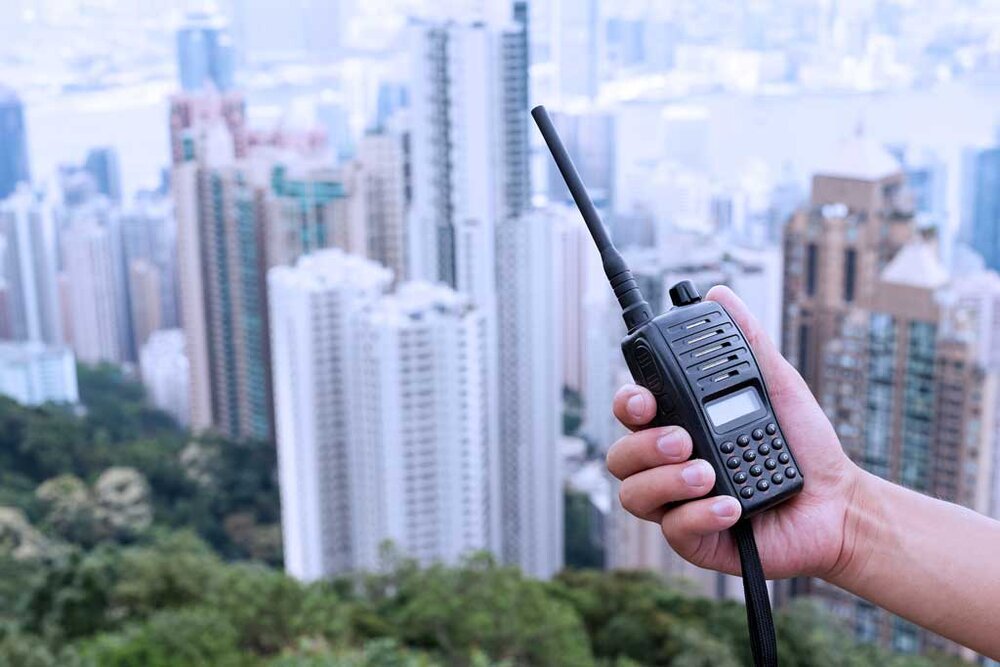Unveiling the Impact of Radio Waves on Living Organisms: A Comprehensive Analysis

In today's modern world, radio waves have become an integral part of our daily lives. From communication to entertainment, radio technology has revolutionized the way we interact and connect with the world. However, amidst the convenience and advancements, it is crucial to understand the potential effects of radio waves on living organisms. This blog post aims to delve into the subject, exploring the impact of radio waves on various aspects of life.
- The Basics of Radio Waves:
Before delving into the effects, it is essential to grasp the fundamentals of radio waves. Radio waves are a form of electromagnetic radiation with long wavelengths and low frequencies. They are used for transmitting information wirelessly, enabling communication over long distances. Understanding the characteristics of radio waves is crucial in comprehending their potential impact on living organisms. - Biological Effects of Radio Waves:
a. Thermal Effects:
One of the primary concerns regarding radio waves is their ability to generate heat when absorbed by living tissues. Prolonged exposure to high-intensity radio waves can lead to thermal effects, causing tissue damage and potential health risks. It is crucial to regulate exposure levels to ensure the well-being of living organisms.
b. Non-Thermal Effects:
Beyond the thermal effects, research suggests that radio waves may have non-thermal effects on living organisms. These effects include alterations in cellular functions, DNA damage, and disruptions in biological processes. While the exact mechanisms are still under investigation, it is important to consider these potential impacts when evaluating the overall effect of radio waves.
- Impact on Human Health:
a. Radio Waves and Cancer:
One of the most debated topics is the potential link between radio waves and cancer. Extensive research has been conducted to investigate this association, with mixed results. While some studies suggest a possible correlation, others have found no significant evidence. Nevertheless, it is crucial to continue monitoring and researching this area to ensure public safety.
b. Other Health Concerns:
Apart from cancer, radio waves have been associated with various health concerns, including sleep disturbances, cognitive effects, and fertility issues. While the evidence is not conclusive, it is essential to consider these potential risks and take necessary precautions to minimize exposure.
- Impact on Wildlife and Ecosystems:
Radio waves not only affect humans but also have implications for wildlife and ecosystems. Birds, bees, and other animals rely on natural electromagnetic cues for navigation and communication. The presence of artificial radio waves may disrupt these natural processes, leading to behavioral changes, disorientation, and potential ecological imbalances. Understanding these effects is crucial for preserving biodiversity and maintaining the delicate balance of ecosystems.
Conclusion:
As radio technology continues to advance, it is imperative to understand the potential effects of radio waves on living organisms. While the evidence regarding their impact is still evolving, it is crucial to exercise caution and regulate exposure levels. Further research and monitoring are necessary to ensure the well-being of both humans and the environment. By striking a balance between technological advancements and safety measures, we can harness the benefits of radio waves while minimizing potential risks.



